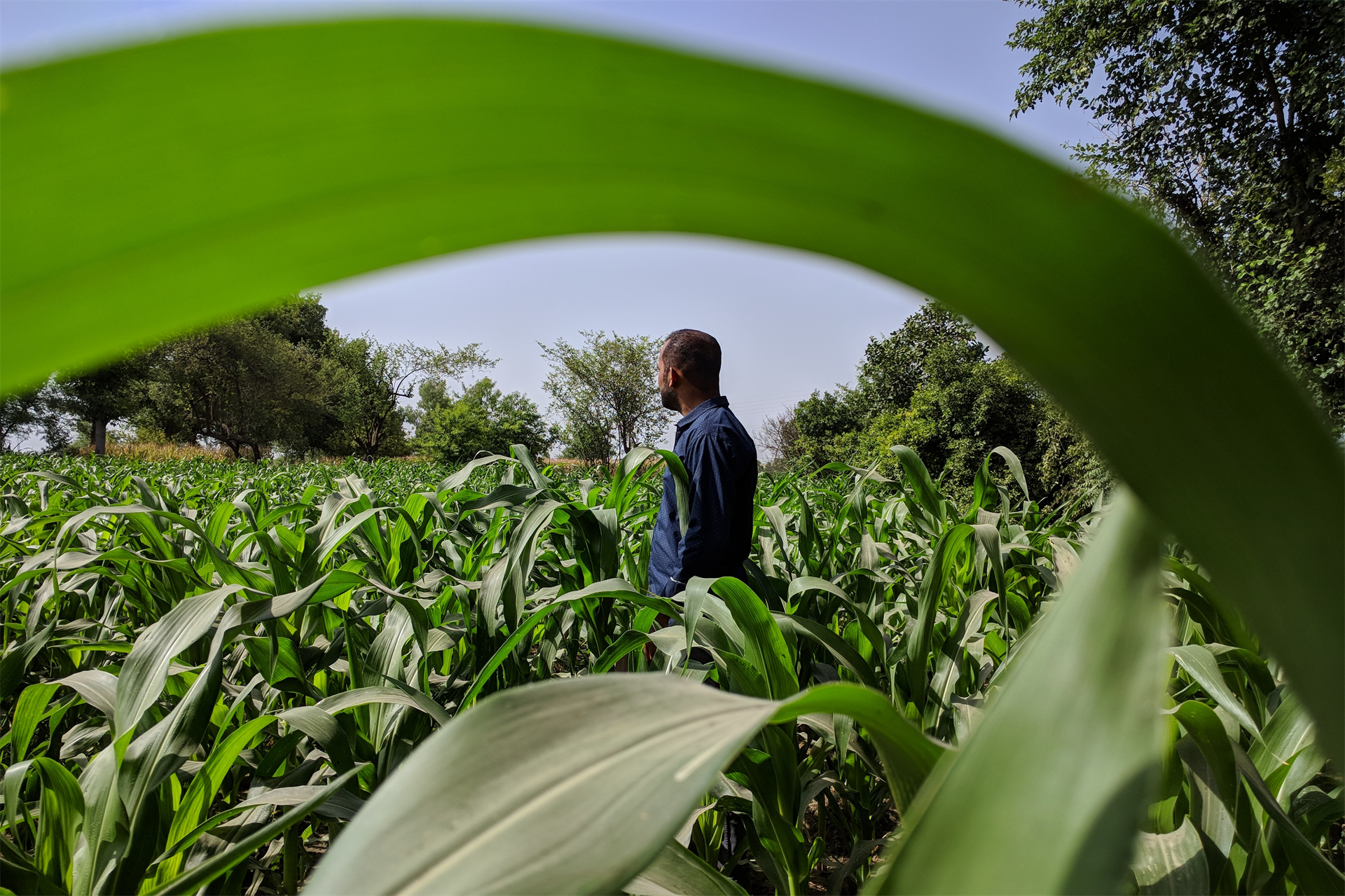
Whether it’s trade mitigation payments, crop insurance, or access to loans, agriculture reflects the systemic racism it was built on. In the face of this reality, two questions come to mind: why and how? Why is this the way it is and how do we fix it?
The answer to the first question goes back to the way this country began. Stolen land from Indigenous people provided the literal foundation for agriculture. Stolen labor from kidnapped and enslaved African people turned the land into a system subjugated to human control that yielded enormous profit. This was the beginning of the U.S. system of agriculture. Layered on top of this foundation are policies that purposefully excluded people of color and Indigenous people, such as the Homestead Act of 1862 and the very first Farm Bill.
Inequity and injustice show up in even the most innocuous way. For example, New Food Economy recently released an article that analyzed the racial demographics of recipients of the Market Facilitation Payment program (MFP) administered by the U.S. Department of Agriculture. MFP is designed to mitigate the negative effects of the trade war with China on American farmers. The article showed that 99.4% of recipients were White farmers.
Why? Because the vast majority of farmers that have been able to scale their production enough to take advantage of exporting to China and be harmed by the trade war are White. Why? Because White farmers have historically received the inputs needed, land and capital, to grow their production and scale their farming operation. Why? Because the federal government engaged in land redistribution schemes early and often in our nation’s history, starting with the theft of land from Indigenous peoples. It comes back to a system of inequity.
After asking why, let’s ask how. How can we, as Florida residents, agriculture advocates, and Florida Food Policy Council members work to combat the systemic racism in agriculture and build a more equitable foundation?
Step one is education on and acceptance of the reality of systemic racism in the U.S. and agriculture. There are articles, books, and Ted Talks that offer a comprehensive history of this topic. Step two is evaluating the impact of current state and local policies and programs. How these policies and programs affect communities of color and who is benefiting from them are two key questions to answer. Respectful communication and collaboration with communities of color are key to getting accurate answers. Step three is to design practices, policies, and programs that actively reject systemic racism and uphold equity. Soul Fire Farm’s Food Sovereignty Action Steps and HEAL Food Alliance’s Platform for Real Food are just two examples of how to begin this process.
As Florida Food Policy Council members, Florida residents, and agriculture advocates, we should use our power to create an equitable food system in our local communities and state. To do that, we have to understand and accept that our system of agriculture was built on racism, create a different foundation centered on equity, and build on that foundation.

Candace A. Spencer is an environmental law attorney who works on federal agriculture policy in Washington, D.C. She earned both her B.A. in Environmental Science and J.D. from the University of Florida, as well as a Certificate in Environmental and Land Use Law. She previously worked at the University of Florida Levin College of Law, where she developed a new program area in the Conservation Clinic focused on environmental justice and community economic development and engaged in local urban agricultural policy. Candace is passionate about equitable food systems and land ownership, particularly Black owned agricultural land and addressing food apartheid. Her views are her own.
Disclaimer: The views of the writers do not represent the views of the Florida Food Policy Council. We are a forum for the offering and sharing of information and encourage diversity and communication within the food system.